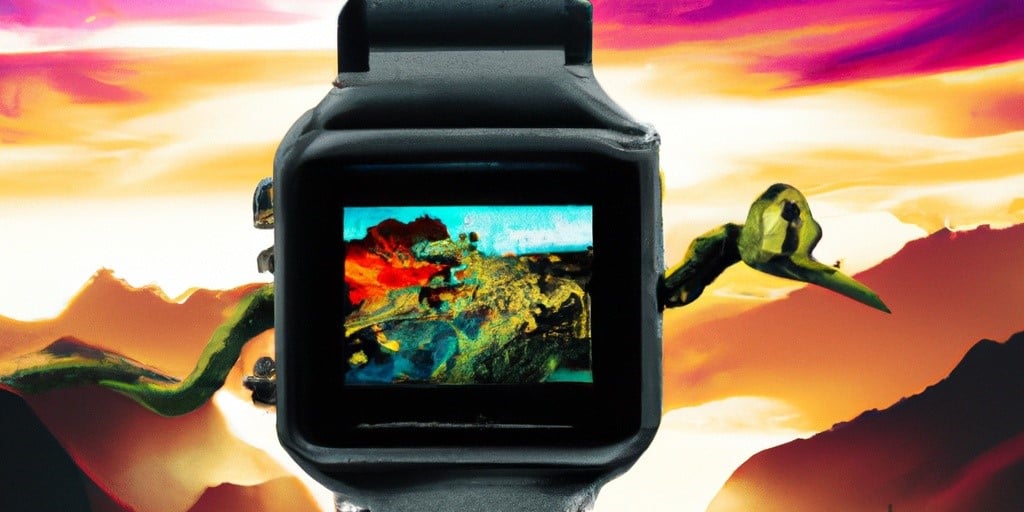Google And Qualcomm To Bring RISC-V To The Wrist In Next-gen Wearable Platform

Qualcomm has announced it will develop a platform to power devices running Google’s Wear OS, based on the permissibly licensed RISC-V instruction set architecture.
A brief Qualcomm announcement describes the effort as an “expanded framework” that “will help pave the way for more products within the ecosystem to take advantage of custom CPUs that are low power and high performance.”
Dino Bekis, Qualcomm’s veep and general manager for wearables and mixed signal solutions, said the collab “will help the Wear OS ecosystem rapidly evolve and streamline new device launches globally.” But just what Qualcomm will develop, and when it will debut, was not discussed.
Indeed, the statement waffles on such matters with the sentence “Commercial product launch of the RISC-V wearable based solution timing will be disclosed at a later date.” That date does not look be imminent, as the announcement states “the companies will continue to invest in Snapdragon Wear platforms”.
We do know that the platform will retain the “Snapdragon Wear” moniker the chip designer currently uses. The Register would have preferred WRIST-V, but maybe that’s just us.
It appears that the platform will also keep the ability to run third-party apps, because Qualcomm’s statement lets us know that “work has begun and will continue, to ensure that applications and a robust software ecosystem for RISC-V will be available for commercial launches.”
That effort will be important because, if the RISC-V incarnation of Wear OS lacks a good app library, buyers will not rush to buy the devices it powers. Wearables also aren’t a market in which CPU specs feature prominently in marketing material, emphasizing functionality and apps are what sell the devices.
- Fitbit unfurls last new wearable before it's gobbled by Google, right on time for global pandemic lockdown
- Google and Samsung merge their wearable OSes, tease Fitbit baked into the combo
- Latest SiFive RISC-V cores aim to boost performance, accelerate AI workloads
- China's top RISC-V players form patent alliance
However, making RISC-V an option for Wear OS and wearables is significant for two reasons.
One is that Wear OS is an Android variant. This project will therefore give Qualcomm and Google useful expertise should they desire RISC-V smartphones.
The other is that wearables is a big market. Analyst firm IDC in June 2023 predicted 504 million such devices will ship this year, rising to 629 million in 2027.
Google and Qualcomm naturally want as big a chunk of that market as possible. That they see RISC-V as the way to get their share is a solid endorsement of the ISA.
And perhaps also a swipe at Arm, which licenses its tech. The shift to RISC-V may therefore make wearables just a little cheaper. ®
From Chip War To Cloud War: The Next Frontier In Global Tech Competition
The global chip war, characterized by intense competition among nations and corporations for supremacy in semiconductor ... Read more
The High Stakes Of Tech Regulation: Security Risks And Market Dynamics
The influence of tech giants in the global economy continues to grow, raising crucial questions about how to balance sec... Read more
The Tyranny Of Instagram Interiors: Why It's Time To Break Free From Algorithm-Driven Aesthetics
Instagram has become a dominant force in shaping interior design trends, offering a seemingly endless stream of inspirat... Read more
The Data Crunch In AI: Strategies For Sustainability
Exploring solutions to the imminent exhaustion of internet data for AI training.As the artificial intelligence (AI) indu... Read more
Google Abandons Four-Year Effort To Remove Cookies From Chrome Browser
After four years of dedicated effort, Google has decided to abandon its plan to remove third-party cookies from its Chro... Read more
LinkedIn Embraces AI And Gamification To Drive User Engagement And Revenue
In an effort to tackle slowing revenue growth and enhance user engagement, LinkedIn is turning to artificial intelligenc... Read more

